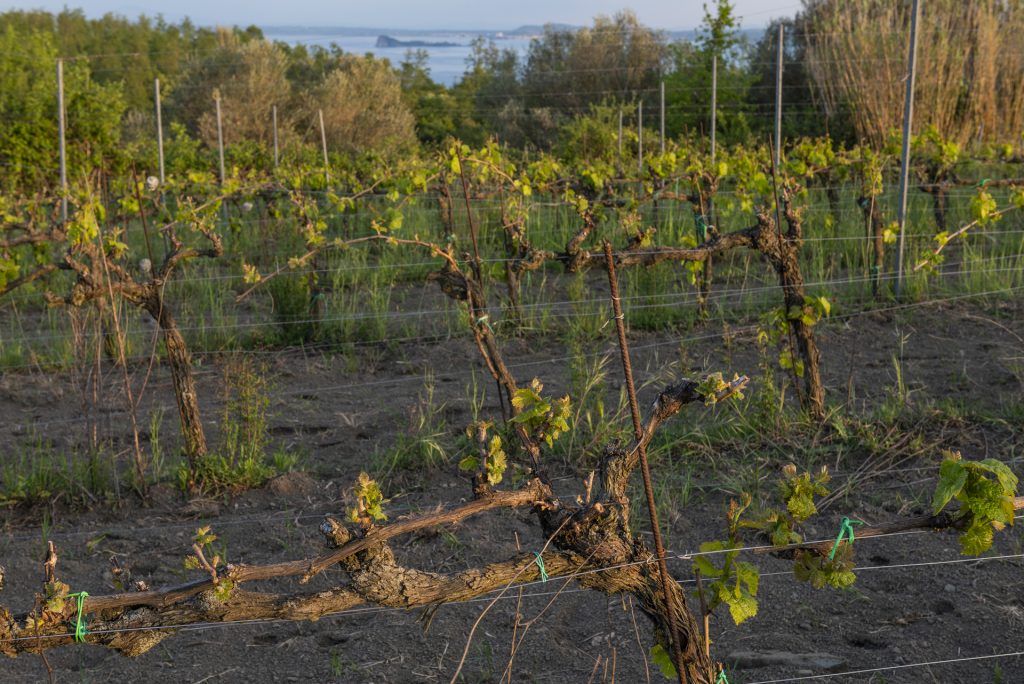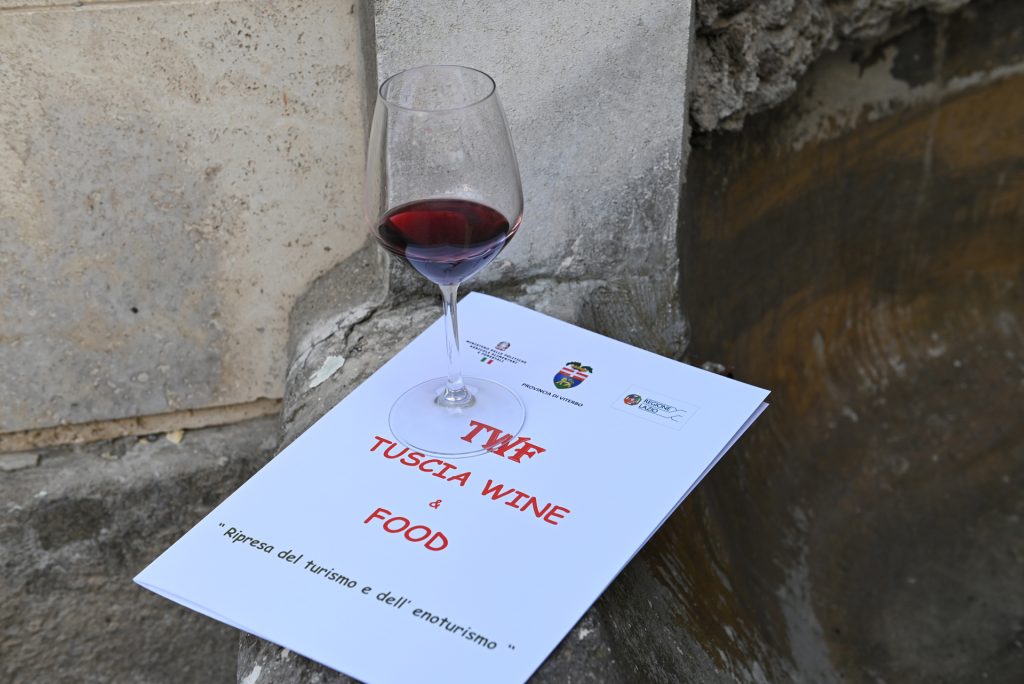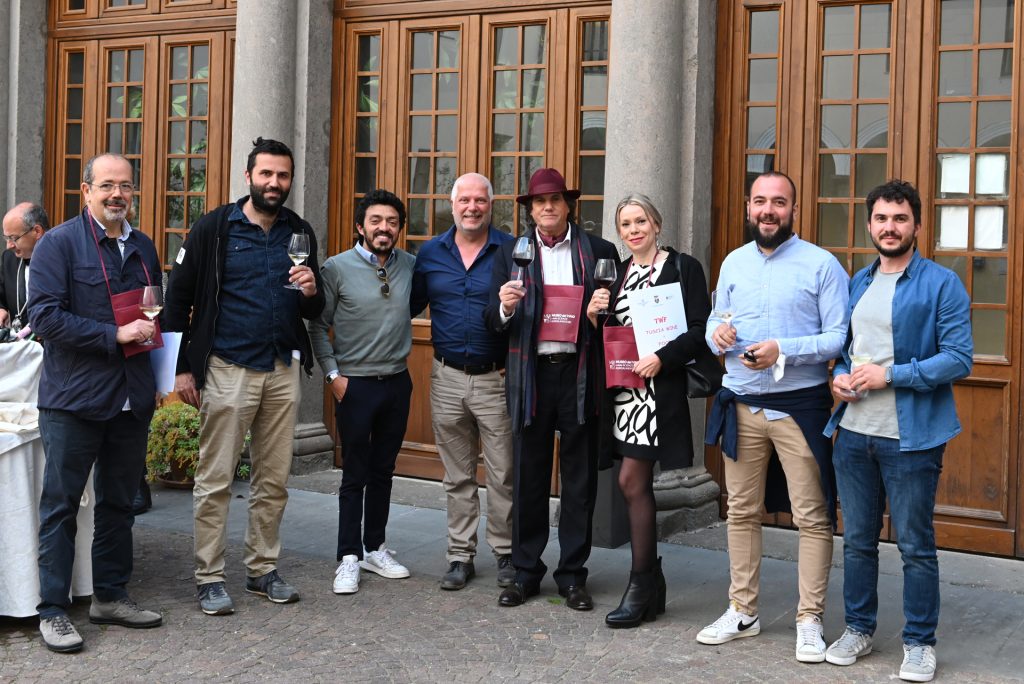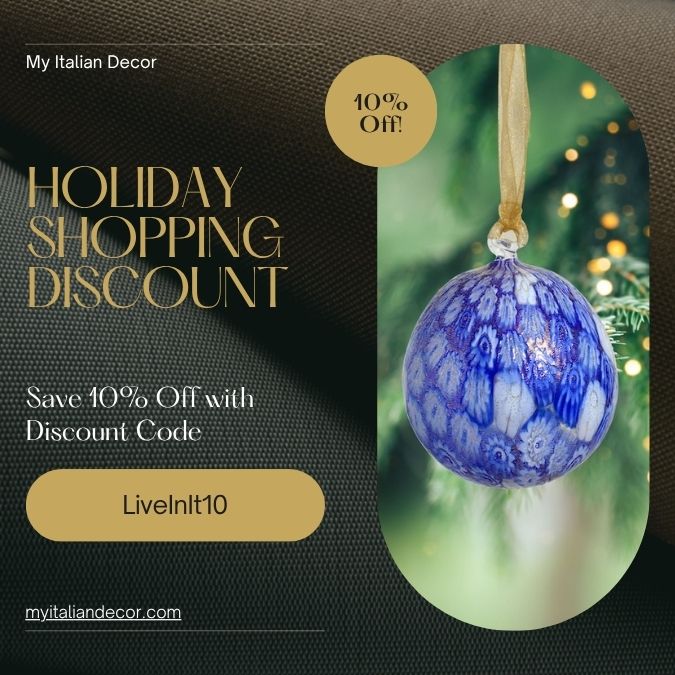Founding Member of Arcigola (Slow Food) Discusses Tuscia Wine Country
Photos by Officinavisiva
Tuscia’s wines are good and precious! They are the local winemakers’ pride, but they are also quality wines capable of comparing themselves with the largest international brands. We met Carlo Zucchetti who spoke to us about the region’s wines at the Tuscia Wine and Food Event. He is a food and wine journalist and one of the founding members of Arcigola, a food and wine association born in 1986 and chaired by Carlo Petrini. Arcigola is the forefather of the Slow Food movement.
In fact. the association transformed into Slow Food at the 1989 Paris congress. This large international non-profit association works in 150 countries. The Slow Food philosophy is: “Good, clean, and fair food for everybody”.
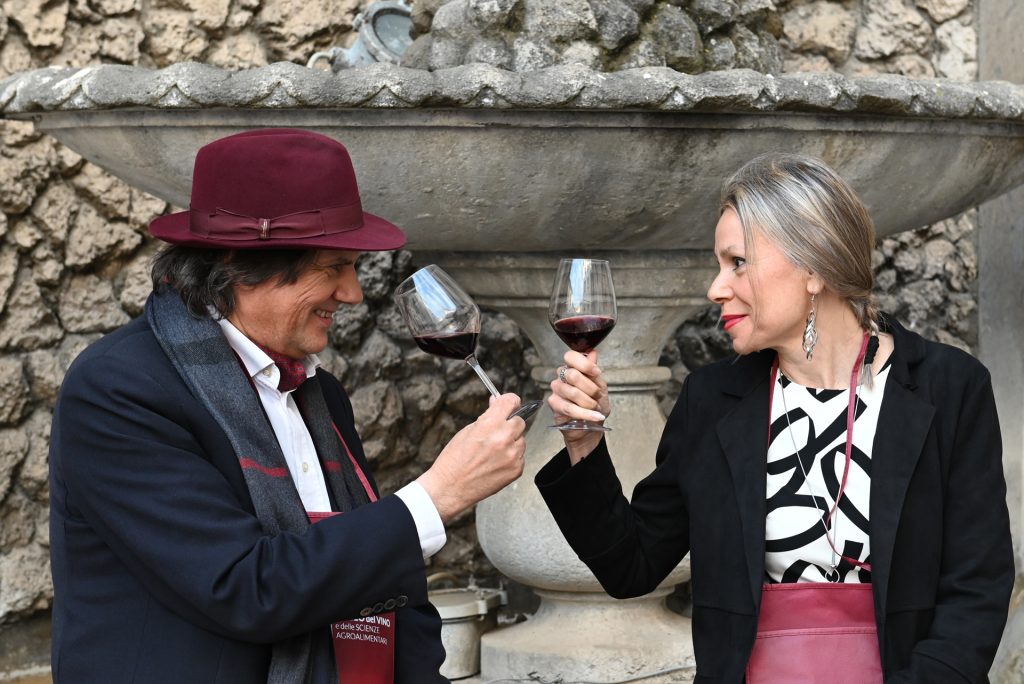
Who is Carlo Zucchetti?
Carlo Zucchetti is a wine intellectual with a strong personality and charisma. If wine has characterized his professional career, his elegant wide-brimmed hats are characterizing wine. In fact, when a wine is good and appreciated by Carlo Zucchetti, it receives “A Wine with the Hat” designation. This expression has also given the name to the internet portal Il Giornale Enogastronomico con il Cappello (The Food and Wine Magazine with the Hat). Here you can find updates on the world of wine: news, events, articles, columns, and food and wine guides.
Talking About Wine
It all started in the 1980s when an appeal by Carlo Petrini was published in the Arcigola magazine. It was a call to find partners throughout Italy willing to talk about wine in a new and different way. Carlo Zucchetti responded to the call and on July 26th, 1986. Together with 13 other members, he signed Arcigola’s deed of incorporation: a food and wine association of the same name as the magazine.
For some years Zucchetti was the National Governor of Arcigola, which in 1989, on the occasion of the bicentenary of the French Revolution, became Slow Food. Currently, the food and wine journalist continues to collaborate with Slow Food in the context of numerous activities and events.
The first sommelier in history visits Montefiascone
Carlo Zucchetti’s passion for wine comes from the peasant culture that in the past years characterized Montefiascone, the village where he grew up and still lives.
This small town is known for the legend of Johannes Defuk and his faithful servant Martino. Many consider Martino to be the first sommelier in history.
Defuk was a wine connoisseur and bishop. In 1111, he made a long journey to Rome to meet the Pope. Martino went ahead of the bishop to seek out inns that served the best wine. He marked them with the word EST (from the Latin there is). While in Montefiascone, Martino was so amazed by the goodness of the area’s nectar, that he wrote, “EST! EST!! EST!!!”
This legend gave the name “EST! EST!! EST!!!” to the white wine produced in the Montefiascone. In 1966, this wine became the second DOC (designation of controlled origin) in Italy.
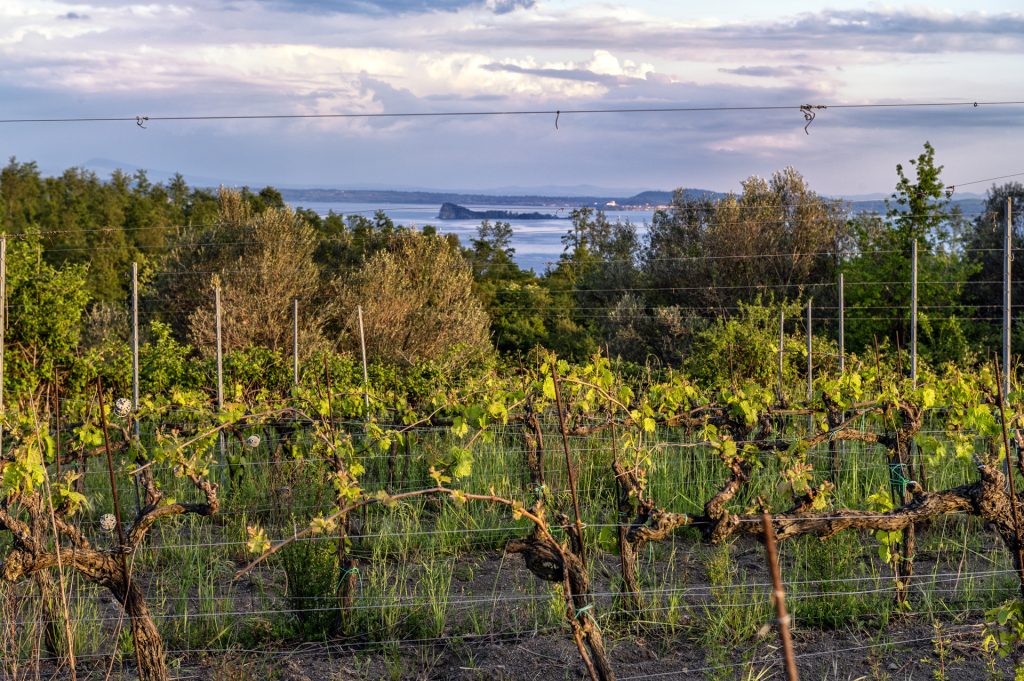
Wine: Country Culture
In the past in Montefiascone, for work or for pleasure, almost all of the inhabitants produced wine. Carlo Zucchetti’s grandfather had his own vineyard from which he made wine for the family. The journalist remembers the grape harvest as a great celebration. Large containers of harvested grapes were pressed with wooden presses. There was also the folkloristic practice of pressing grapes with feet, but it was only a game.
When Carlo Zucchetti was a teenager, the village still had fraschette: improvised pseudo taverns that had a sign above the door made of laurel branches. Farmers opened fraschette in the underground cellars of their houses. The purpose was to sell leftover wine and empty the barrels in view of the new harvest. These places were very popular, especially at breakfast. People brought their own food and drank wine.
Food was usually very salty in order to increase thirst: broad beans with pecorino cheese, Roman tripe, porchetta (roasted pork), and so on. Until the 1970s, there were 48 small fraschette in the town. There you could find the strangest characters: morra players, drunkards, slackers, etc. One character smoked a cigar backwards — a practice that had remained with him from the First World War. In fact, in order not to be seen, the soldiers smoked cigarettes with the lit part in their mouth.
The fraschetta was part of the cultural identity of the town and the journalist remembers when he studied with his philosophy professor in view of the school-leaving exam. On that cultural identity, Carlo Zucchetti then built his professional and intellectual career linked to wine.

Wines in Tuscia: from the Etruscans to the present day
The production of wine in Tuscia has a very ancient history that dates back to the Bronze Age, around the 11th century B.C.. The Etruscans (8th century BC) were the first civilization who started growing the vine in an upright position. Wine was always present at the famous Etruscan banquets and was part of their daily life. This scene is beautifully depicted on painted tombs found in the Tuscia area.
In modern times, the wines and cellars of Tuscia have grown in number and quality. These are wines much appreciated by connoisseurs. They are produced by following appropriate rules and respecting the environment. Over the years, they have received many official awards so as to conquer more and more international markets.
In the early 2000s, there were only 20 wineries, now they have risen to 95. For Zucchetti the merit of this increase goes to the young local entrepreneurs who are investing in biodynamic and organic products. They are the independent winemakers who make wine according to old traditions. Another important contribution to this development is given by the highly-rated Agricultural University of Tuscia with its department dedicated to wine.
Food and Wine Tourism in Tuscia
However, Tuscia does not only produce good wines, but also many products of the earth that are delicious and certified and that are increasingly encouraging food and wine tourism: extra virgin olive oil, potatoes, legumes, hazelnuts, chestnuts, saffron, etc.
Furthermore, the local wineries are opening their doors to visitors to spread the culture of wine through the knowledge of the winemakers, the walks through the vineyards, and the visit of the cellars. In these wineries, wine, art, and culture often come together to accompany tastings with workshops, exhibitions, concerts, and conferences.
Many vineyards are part of a breathtaking landscape and are an invaluable natural heritage. Just think of Antonella Pacchiarotti’s vineyard in Grotte di Castro which has belonged to her family for generations. This vineyard overlooks the marvelous Lake Bolsena and offers a spectacular view of the Martana and Bisentina islands.
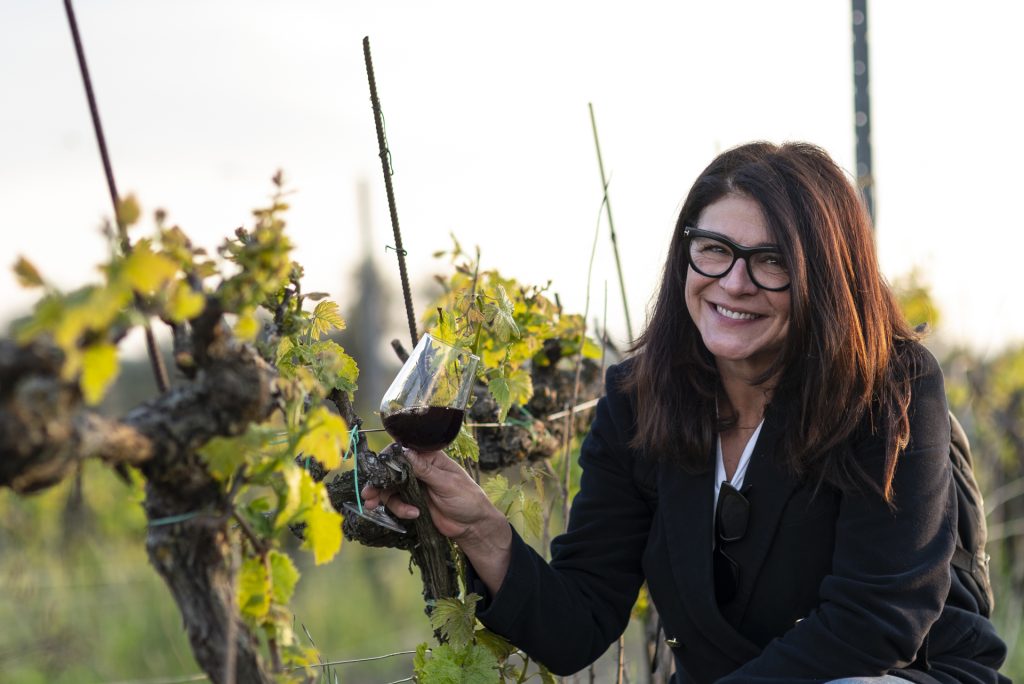
La Tuscia del Vino
Carlo Zucchetti is also the author of a wine-tourist editorial project that every year publishes a new food and wine guide called La Tuscia del Vino. This guide narrates the territory and rewards (by assigning symbolically the hat) the best wineries that have distinguished themselves for innovation, sustainability, and strengthening of the territory’s brand.
The journalist is also part of Volcanic Wines, a network of wine bars, municipalities, and consortia of Italian DOC wines from crops on volcanic soils. Carlo Zucchetti wears his signature and elegant hat at all wine fairs and events. He is considered to be one of the highest authorities in the international wine world.
In conclusion, Carlo Zucchetti loves his land rich in history, art, culture, and nature, and telling its wine, he promotes it as one of the best tourist destinations in Italy.
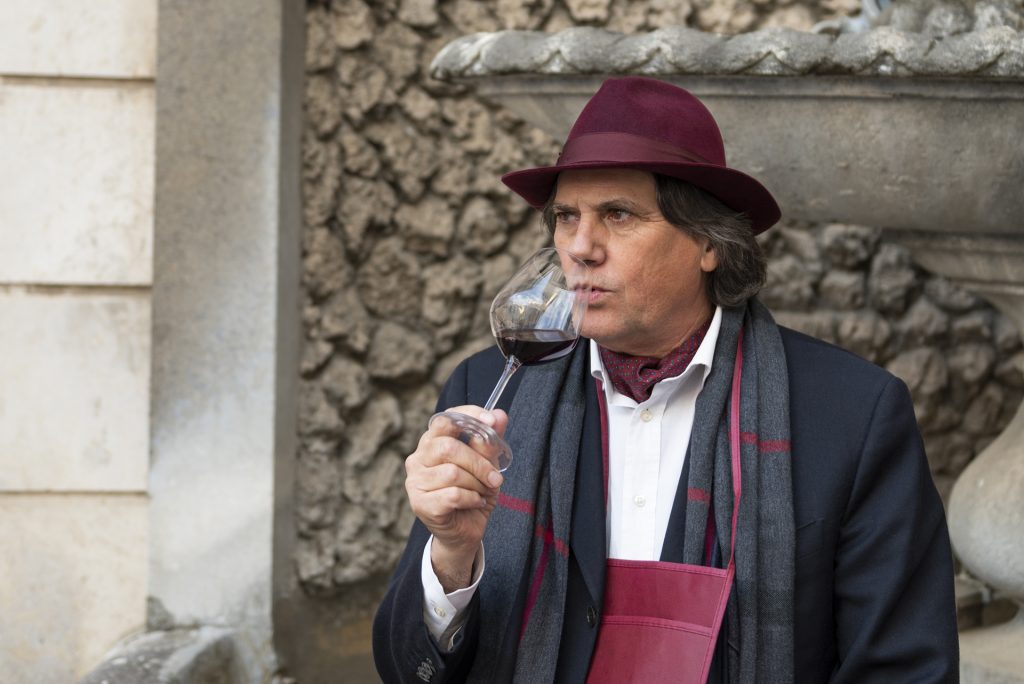
Tuscia: a destination with the hat!
Some of Tuscia’s wines
DOC
- 1966 Est!Est!!Est!!! di Montefiascone
- 1971 Orvieto 7
- 1972 Aleatico di Gradoli
- 1974 Cerveteri Bianco
- 1974 Cerveteri Rosso
- 1992 Vignanello Bianco
- 1992 Greco di Vignanello
- 1992 Vignanello Rosso
- 1996 Tarquinia Bianco
- 1996 Tarquinia Rosso
- 1996 Tuscia o Colli Etruschi Viterbesi
IGT
- 1996 Civitella d’Agliano
- 1995 Colli Cimini
This article is a collaborative project by Italian Human Connections & Officinavisiva

